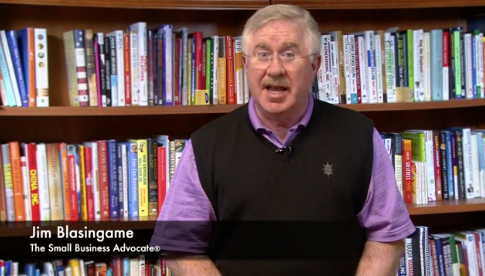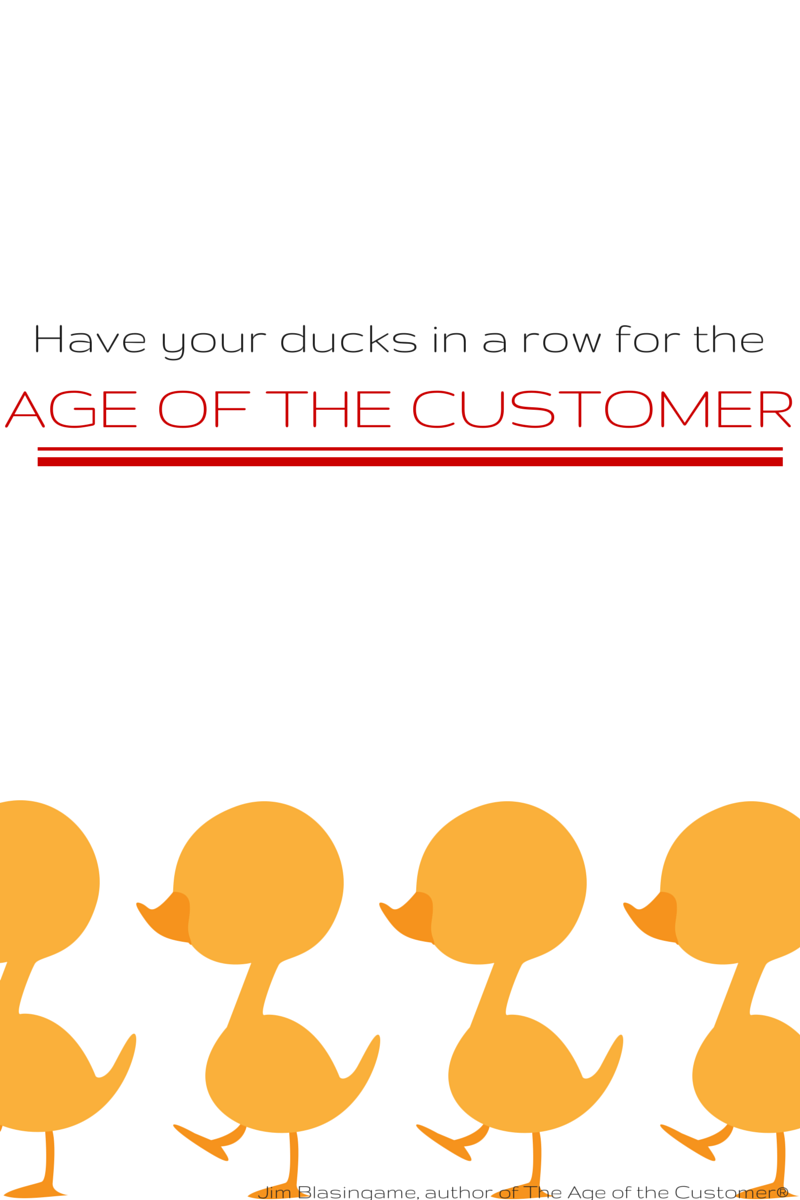 Contemplating the blessing of freedom, wherever it may be found, one prime truth is evident: Freedom is not free. And for those of us who are the beneficiaries of those who paid the ultimate price for our freedom, the only method of repayment — the only way we can ever be worthy of their sacrifice — is if we do all we can to maintain the freedom that has been paid for and given to us.
Contemplating the blessing of freedom, wherever it may be found, one prime truth is evident: Freedom is not free. And for those of us who are the beneficiaries of those who paid the ultimate price for our freedom, the only method of repayment — the only way we can ever be worthy of their sacrifice — is if we do all we can to maintain the freedom that has been paid for and given to us.
In honor of all of our veterans, past and present, I’d like to offer this poem written by Commander Kelly Strong, USCG (Ret.) in 1981 when he was a high school senior (JROTC cadet) at Homestead High School, Homestead, FL. It is a tribute to his father, a career marine who served two tours in Vietnam.
Freedom Isn’t Free
I watched the flag pass by one day.
It fluttered in the breeze.
A young Marine saluted it,
And then he stood at ease.
I looked at him in uniform
So young, so tall, so proud,
With hair cut square and eyes alert
He’d stand out in any crowd.
I thought how many men like him
Had fallen through the years.
How many died on foreign soil?
How many mothers’ tears?
How many pilots’ planes shot down?
How many died at sea?
How many foxholes were soldiers’ graves?
No, freedom isn’t free.
I heard the sound of taps one night,
When everything was still
I listened to the bugler play
And felt a sudden chill.
I wondered just how many times
That taps had meant “Amen,”
When a flag had draped a coffin
Of a brother or a friend.
I thought of all the children,
Of the mothers and the wives,
Of fathers, sons and husbands
With interrupted lives.
I thought about a graveyard
At the bottom of the sea
Of unmarked graves in Arlington.
No, freedom isn’t free.
My friends, I pray that we never forget those who paid so dearly for our freedom. Have a safe, happy and respectful Veterans Day.
Thanks for being part of my community. I’ll see you on the radio and the Internet.












